As an instructor at High Trails Outdoor Science School, I get asked a lot of questions from curious students. If I do not know the answer, I will do some research to both further educate them and myself. “Why do evergreen trees have needles?” A student asked me during a hike this past fall.
The first thing I found in my research was that not all evergreen trees have needles. But before we get to that, let’s dig in deep to find out what it really means to be an evergreen tree.
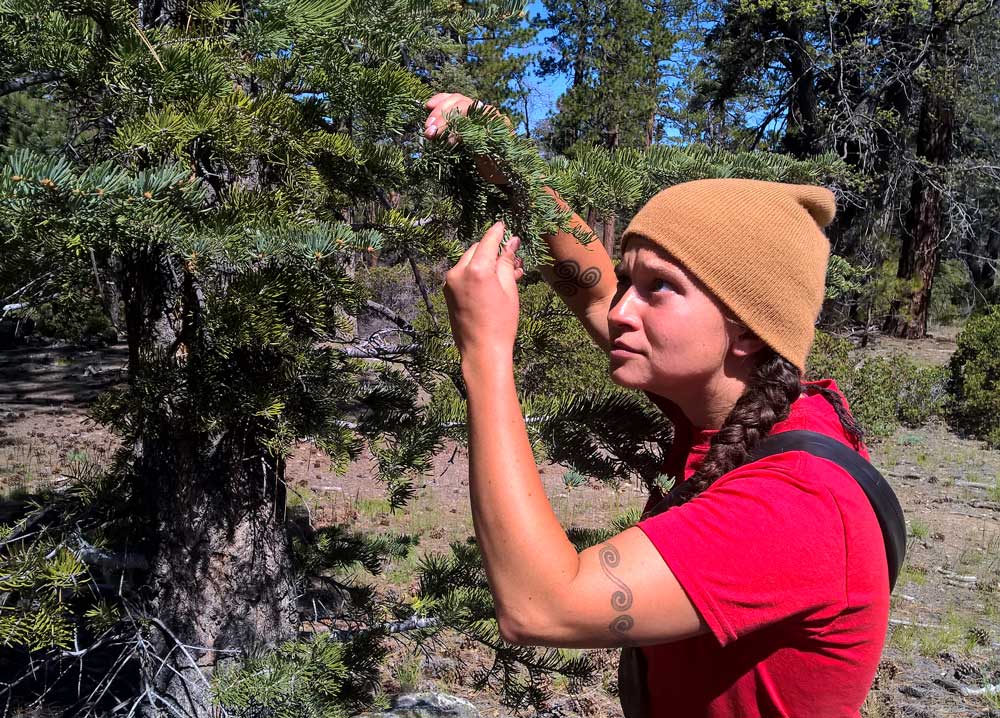 An evergreen is defined as a plant that keeps its green leaves all year long. These plants simultaneously grow new, and drop old, leaves throughout the year so there is always an overlap of new and old growth. This is one contrast between evergreen and deciduous trees that lose their leaves every single autumn. Evergreen leaves can be wide and flat, or in clusters of two to five long, thinly shaped needles. Needles will remain on the plant for at least a year, some plants as long as five or seven years, before dying. Since new needles grow from the outer portion of the branches, once dead and ready to fall off, the inner most needles will turn yellow/orange or brown.
An evergreen is defined as a plant that keeps its green leaves all year long. These plants simultaneously grow new, and drop old, leaves throughout the year so there is always an overlap of new and old growth. This is one contrast between evergreen and deciduous trees that lose their leaves every single autumn. Evergreen leaves can be wide and flat, or in clusters of two to five long, thinly shaped needles. Needles will remain on the plant for at least a year, some plants as long as five or seven years, before dying. Since new needles grow from the outer portion of the branches, once dead and ready to fall off, the inner most needles will turn yellow/orange or brown.
 The Many Benefits of being an Evergreen
The Many Benefits of being an Evergreen
Having the ability to photosynthesize all year round is a great adaptation, especially if growing in an arid, high altitude, a region with poor soil nutrients, or cold climate. Due to the retention of leaves year round, the plant does not lose nutrients as a deciduous plant would when the leaves drop in autumn. Leaves and needles absorb carbon dioxide from the air through pores called stomata. These pores assist in the metabolic process of photosynthesis, which is crucial to produce the essential sugars for the plant’s growth. Stomata also release water back into the atmosphere through transpiration. Wide, flat leaves have greater surface area to soak up the sun’s rays, while the tubular shape of needles can catch the rays at all angles.
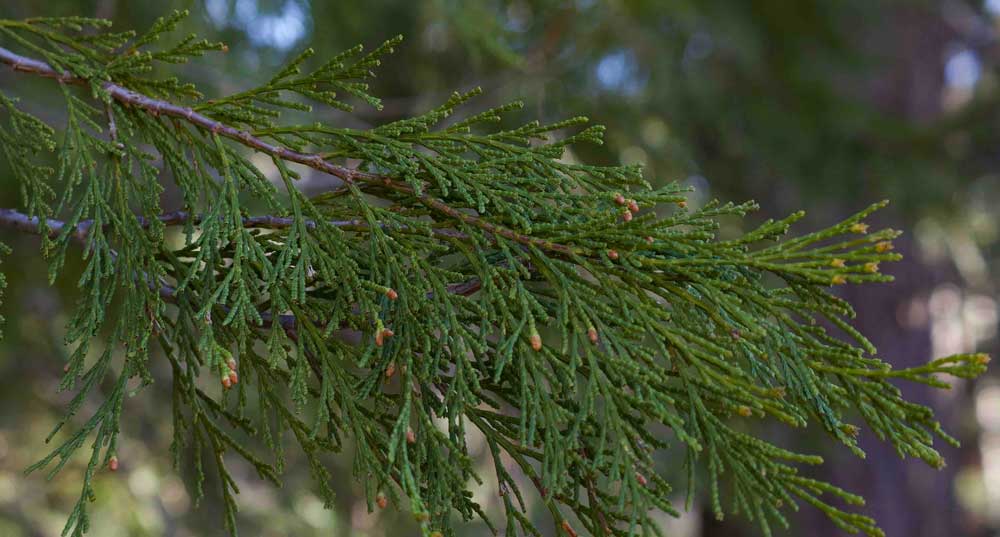
The Evergreen Cedar Tree
Evergreen leaves and needles have a waxy coating that allow for more water retention, and for protection from the wind. Being able to conserve water and nutrients are crucial for an organism to survive in a high altitude, arid, or cold climate. This coating also deters insects and animals from eating them.
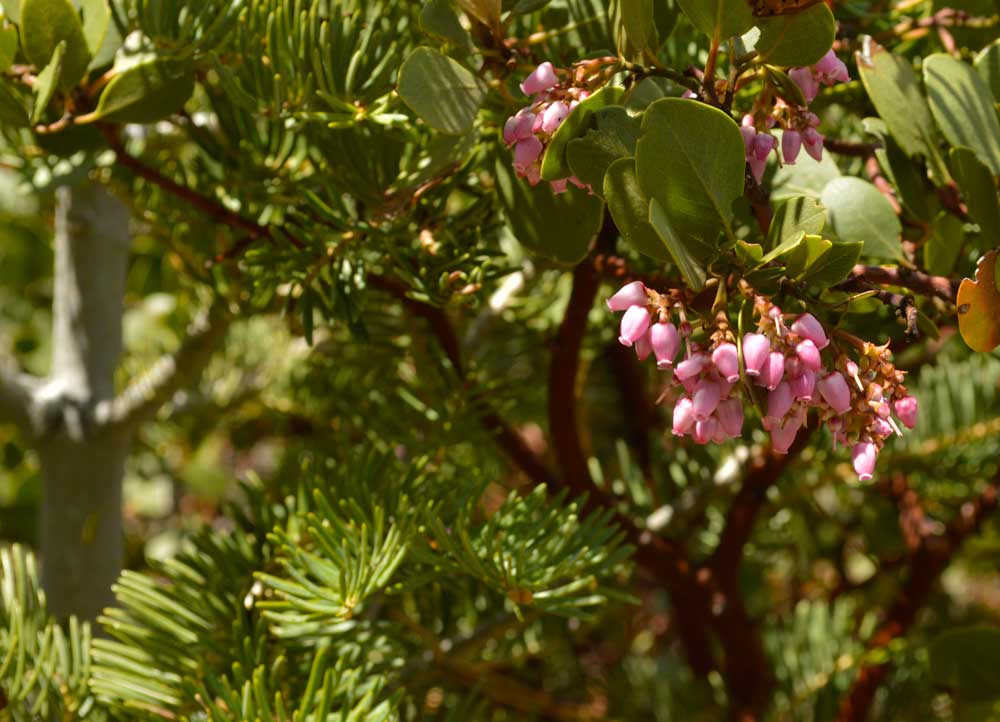
Manzanita and White Fir. Two different Evergreens.
Local Evergreen Plants
Many species of evergreens can be found here in the San Bernardino National Forest. Some examples include the Pinkbracted Manzanita, Ponderosa pine, Jeffery pine, Sugar pine, Coulter pine, Lodgepole pine, Single-leaf pinyon, Knobcone pine, White fir, Bigcone Douglas fir, Incense Cedar, and Western Juniper.
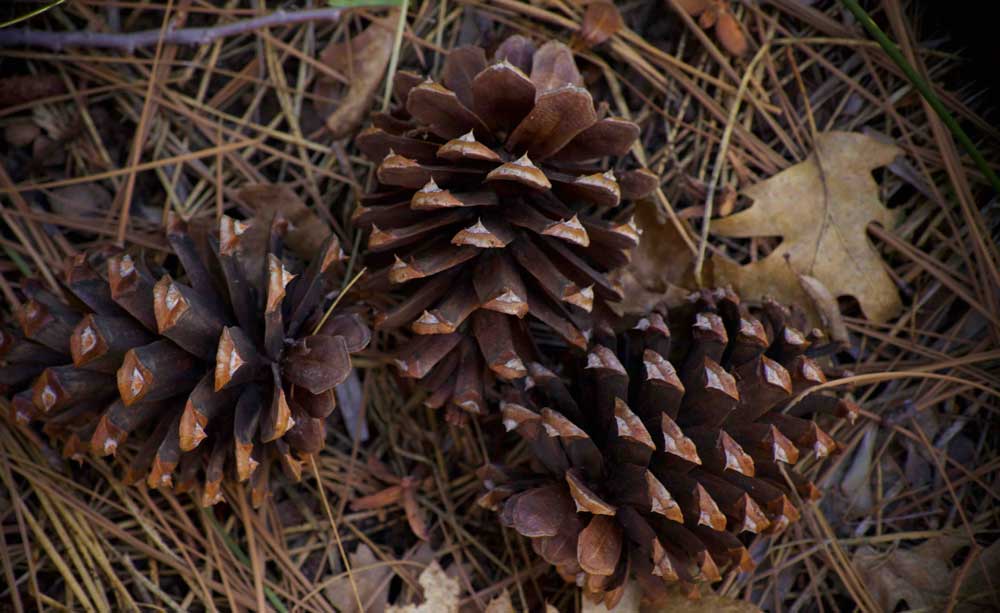 The Canyon Live Oak is also native to the San Bernardino National Forest. Live oaks will lose old leaves in the spring to give space for new ones to grow. This cycle happens every year, and is normal for the live oak. One could say that their leaves spring forth, rather than fall off…
The Canyon Live Oak is also native to the San Bernardino National Forest. Live oaks will lose old leaves in the spring to give space for new ones to grow. This cycle happens every year, and is normal for the live oak. One could say that their leaves spring forth, rather than fall off…
Live Oak trees are commonly recognized as evergreen oaks, since they do not drop their leaves in autumn, but are not true evergreens.
So, back to the original question, why do some trees have needles?
Evolution! Adaptations!
All trees evolved 420 million years ago from a basic vascular plant structure that contained both xylem and phloem. They had simple apparatus attaching them to the ground, which were capable of transporting water and nutrients up and through the plant. Due to the ever-changing ecosystem of the earth, plants made paramount adaptations, which included roots, stems, and leaves. Pine needles are essentially simple-structured rolled-up leaves covered in a waxy coating. The smaller surface of the needle versus the leaf allows the tree to thrive in adverse settings.
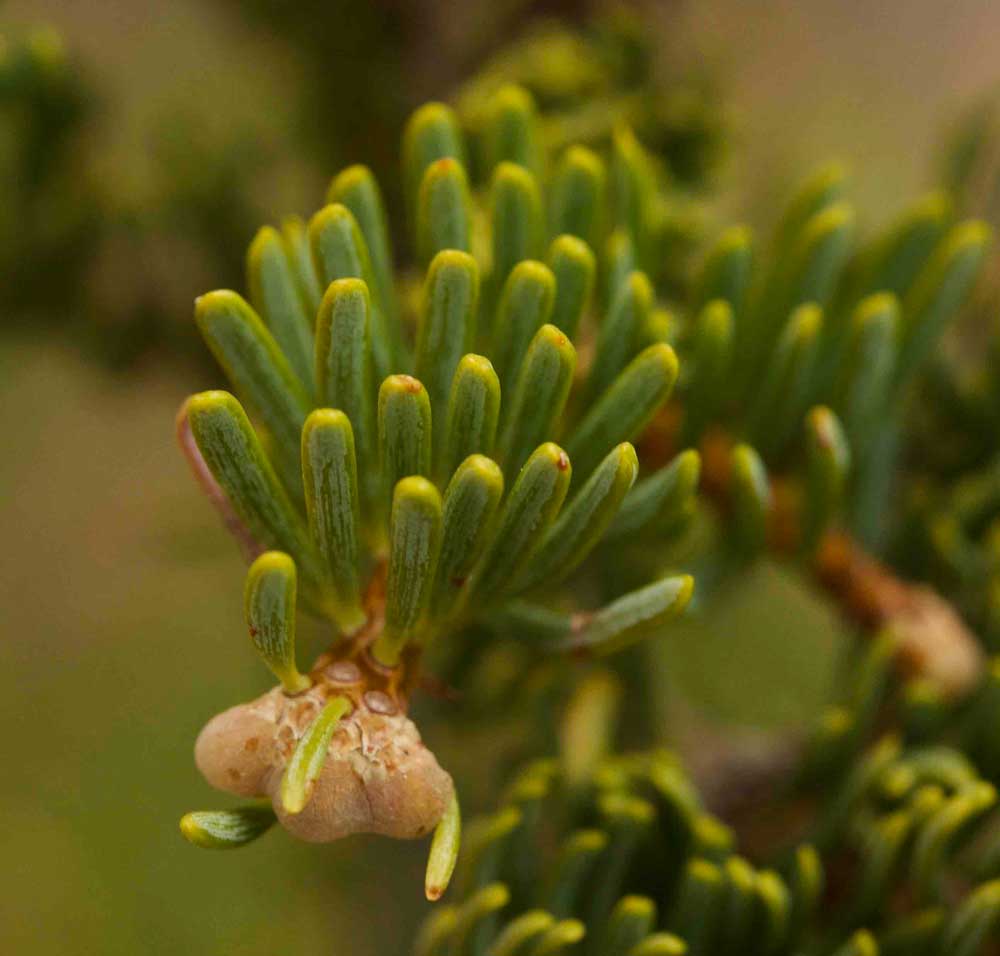 Actually, up until about 65 million years ago, evergreens had continuously ruled the plant domain of the earth’s surface. However, at this time, flowering plants appeared and began flourishing, which caused the evergreens to migrate to more harsh environments. Thus, the evergreen trees had to adapt to colder temperatures, higher winds, less sunlight, and poorer nutrient content soil. Let the adaptation begin: enter needles.
Actually, up until about 65 million years ago, evergreens had continuously ruled the plant domain of the earth’s surface. However, at this time, flowering plants appeared and began flourishing, which caused the evergreens to migrate to more harsh environments. Thus, the evergreen trees had to adapt to colder temperatures, higher winds, less sunlight, and poorer nutrient content soil. Let the adaptation begin: enter needles.
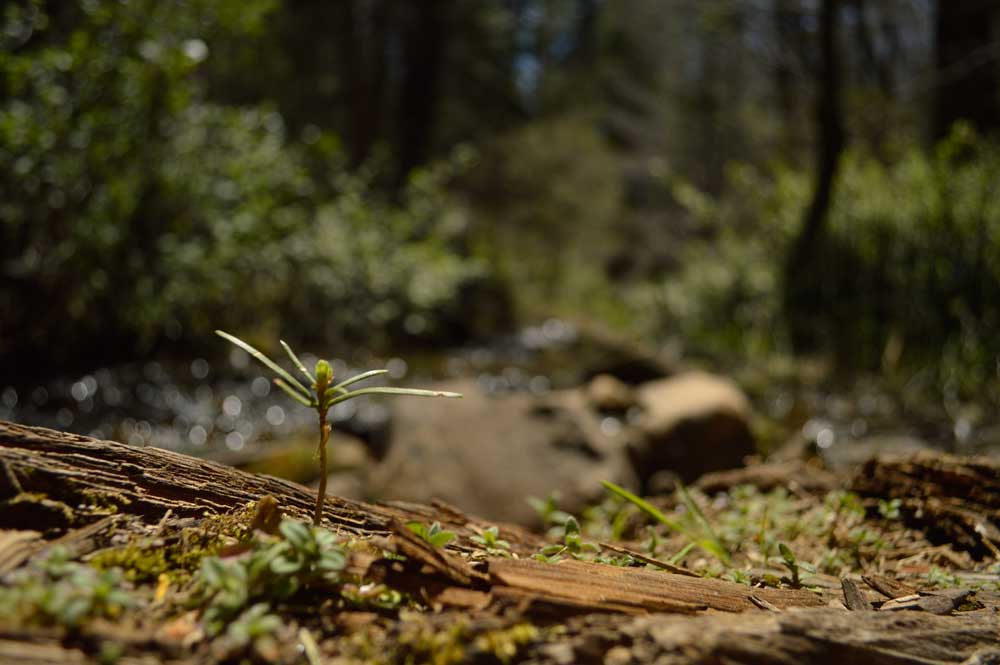 These same needle-bearing trees use cones as a source of reproduction – this is amazing since they can reproduce without the presence of water, unlike flowering and fruit bearing plants. Reproduction is through pollination, airborne transport of pollen from the male to female cones. Subsequently, cones open in dry environments which assure that the wind will disperse the seeds far from the parent plant for germination. Evergreen plants are extremely resilient, and should be a celebrated aspect of the plant world. Go out and hug a tree today!
These same needle-bearing trees use cones as a source of reproduction – this is amazing since they can reproduce without the presence of water, unlike flowering and fruit bearing plants. Reproduction is through pollination, airborne transport of pollen from the male to female cones. Subsequently, cones open in dry environments which assure that the wind will disperse the seeds far from the parent plant for germination. Evergreen plants are extremely resilient, and should be a celebrated aspect of the plant world. Go out and hug a tree today!
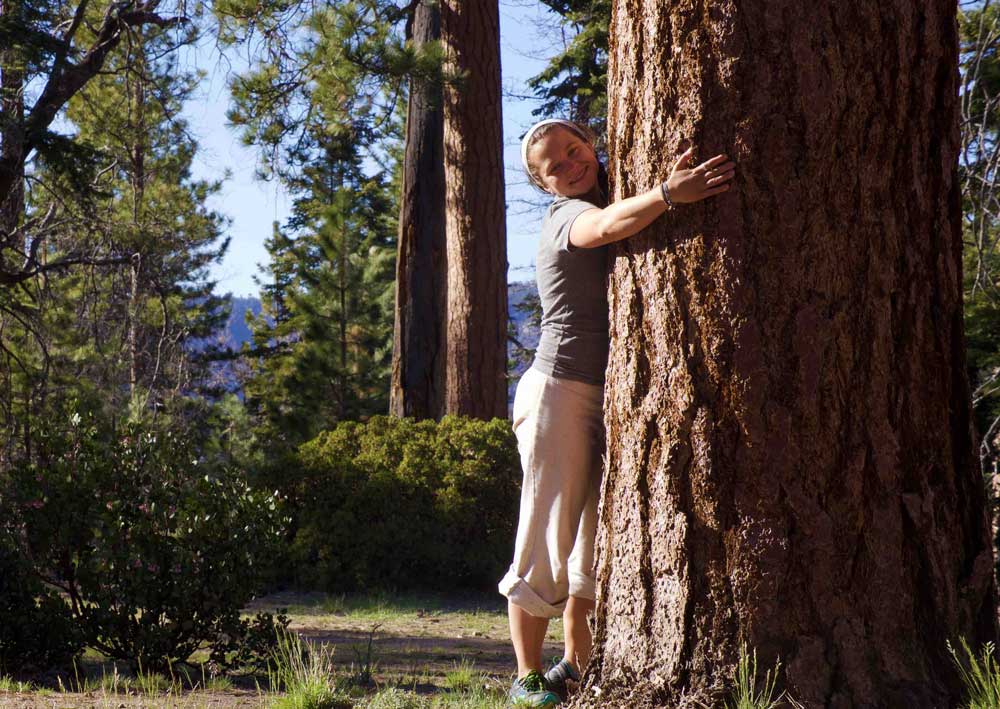 At High Trails Outdoor Science School, we literally force our instructors to write about elementary outdoor education, teaching outside, learning outside, our dirty classroom (the forest…gosh), environmental science, outdoor science, and all other tree hugging student and kid loving things that keep us engaged, passionate, driven, loving our job, digging our life, and spreading the word to anyone whose attention we can hold for long enough to actually make it through reading this entire sentence. Whew…. www.dirtyclassroom.com
At High Trails Outdoor Science School, we literally force our instructors to write about elementary outdoor education, teaching outside, learning outside, our dirty classroom (the forest…gosh), environmental science, outdoor science, and all other tree hugging student and kid loving things that keep us engaged, passionate, driven, loving our job, digging our life, and spreading the word to anyone whose attention we can hold for long enough to actually make it through reading this entire sentence. Whew…. www.dirtyclassroom.com

Comments are closed.